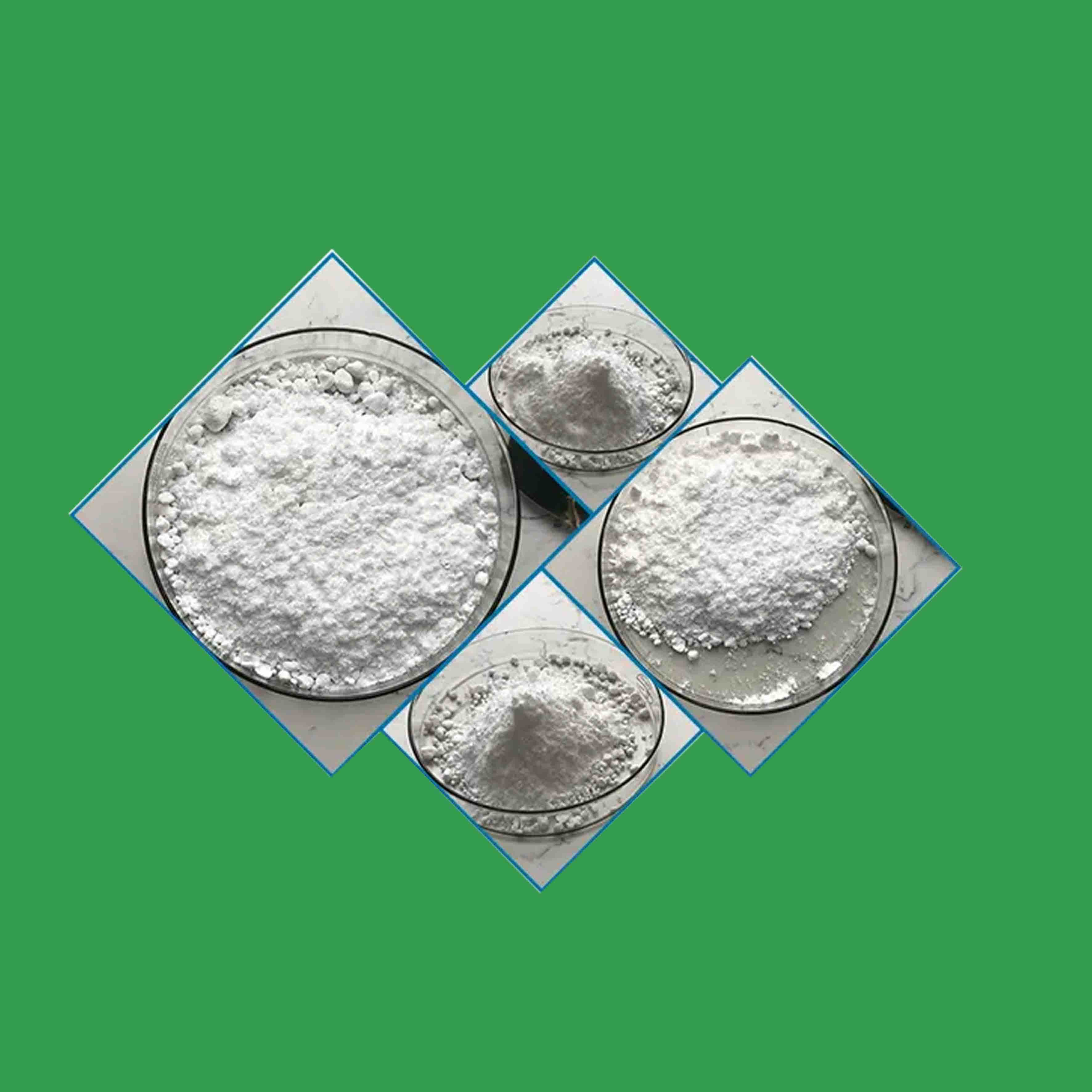
Okt . 17, 2024 01:14 Back to list
Manufacturers of TiO2 Powders with Particle Size Ranging from 30 to 50 Nanometers
The Manufacturing and Applications of 30-50 nm TiO2 Powders
Titanium dioxide (TiO2) is a widely acknowledged material known for its excellent properties, including high refractive index, strong UV light absorption, and non-toxic nature. As the demand for advanced materials grows, the significance of nanoscale TiO2, particularly particles in the range of 30-50 nm, has increased, especially in the fields of electronics, pharmaceuticals, and environmental applications. This article outlines the manufacturing process of 30-50 nm TiO2 powders, their applications, and the leading manufacturers in this niche market.
Manufacturing Processes
The production of 30-50 nm TiO2 powders involves various synthesis methods, each contributing unique characteristics to the final product. The most common methods include sol-gel, hydrothermal synthesis, and ball milling.
1. Sol-Gel Process This method involves converting precursors into an oxide network. Titanium alkoxides are commonly used as precursors. The process includes hydrolysis and polycondensation reactions to gradually form TiO2 sol, which can be dried and calcined to yield fine TiO2 powders. The sol-gel method allows for high control over particle size and morphology, making it suitable for producing nanoscale materials.
2. Hydrothermal Synthesis This process utilizes high-pressure steam in a sealed environment, allowing for the growth of nanoscale TiO2 crystals under controlled temperatures. The hydrothermal method can produce pure anatase or rutile phases of TiO2, which can be tailored for specific applications.
3. Ball Milling This technique involves mechanical grinding of larger TiO2 particles to achieve nanoscale dimensions. Although this method is less controlled than sol-gel and hydrothermal synthesis, it is cost-effective and scalable for larger production volumes.
Key Applications
The small particle size of 30-50 nm TiO2 makes it particularly valuable in a wide range of applications
1. Photocatalysis TiO2 is a well-known photocatalyst due to its ability to decompose organic pollutants under UV light. Nanoscale TiO2 exhibits high surface area and enhanced reactivity, making it effective in air and water purification processes.
2. Cosmetics and Sunscreens The high UV absorption properties of TiO2 make it an essential ingredient in sunscreens and other cosmetic products. Nanoscale TiO2 provides effective UV protection while maintaining a transparent appearance on the skin, which is preferred by consumers.
30-50nm tio2 powders manufacturers

3. Electronics In the electronics sector, TiO2 nanoparticles are used in the production of capacitors, sensors, and photovoltaic devices. Their unique electrical properties enhance the performance of these devices, contributing to higher efficiency.
4. Food Packaging TiO2 nanoparticles can improve the mechanical and barrier properties of food packaging materials, ensuring longer shelf life and reduced spoilage. Their antimicrobial properties also help inhibit the growth of bacteria and fungi.
Leading Manufacturers
Several manufacturers specialize in producing 30-50 nm TiO2 powders, employing advanced production techniques to meet the growing market demand. Notable manufacturers include
- Evonik Industries Renowned for their high-quality nanoscale TiO2 products, Evonik offers innovative solutions for various applications, particularly in cosmetics and coatings.
- Kronos Worldwide, Inc. A key player in the TiO2 market, Kronos produces a wide range of TiO2 powders and focuses on sustainability and minimizing environmental impact during the manufacturing process.
- Huntsman Corporation Huntsman’s TiO2 products are widely used in coatings and plastics, showcasing their performance in enhancing durability and UV resistance.
- GaoYuan Nanotechnology A manufacturer specializing in nanoscale materials, GaoYuan produces TiO2 powders primarily for environmental applications and advanced electronics.
Conclusion
The demand for 30-50 nm TiO2 powders is poised to increase as various industries recognize the unique benefits offered by nanoscale materials. With advancements in manufacturing techniques and growing applications ranging from photocatalysis to cosmetics, manufacturers continue to innovate, contributing to a sustainable and technologically advanced future. As this sector progresses, it is essential for manufacturers to ensure quality control and sustainability while meeting an expanding range of applications.
-
Best Baso4 Price Wholesale & Manufacturer Deals in China
NewsApr.29,2025
-
Rutile Titanium Dioxide R698 Supplier Coating & Paint Solutions
NewsApr.29,2025
-
Premium Titanium Dioxide Ultra White Paint High-Coverage & Durable
NewsApr.29,2025
-
China Titanium & TiO2 Powder Factory Reliable Rutile & Lithopone Supplier
NewsApr.28,2025
-
Titanium Dioxide Types High-Purity Grades from Trusted Factories & Suppliers
NewsApr.28,2025
-
High-Quality Titanium Dioxide White Pigments Wholesale Supplier
NewsApr.28,2025
